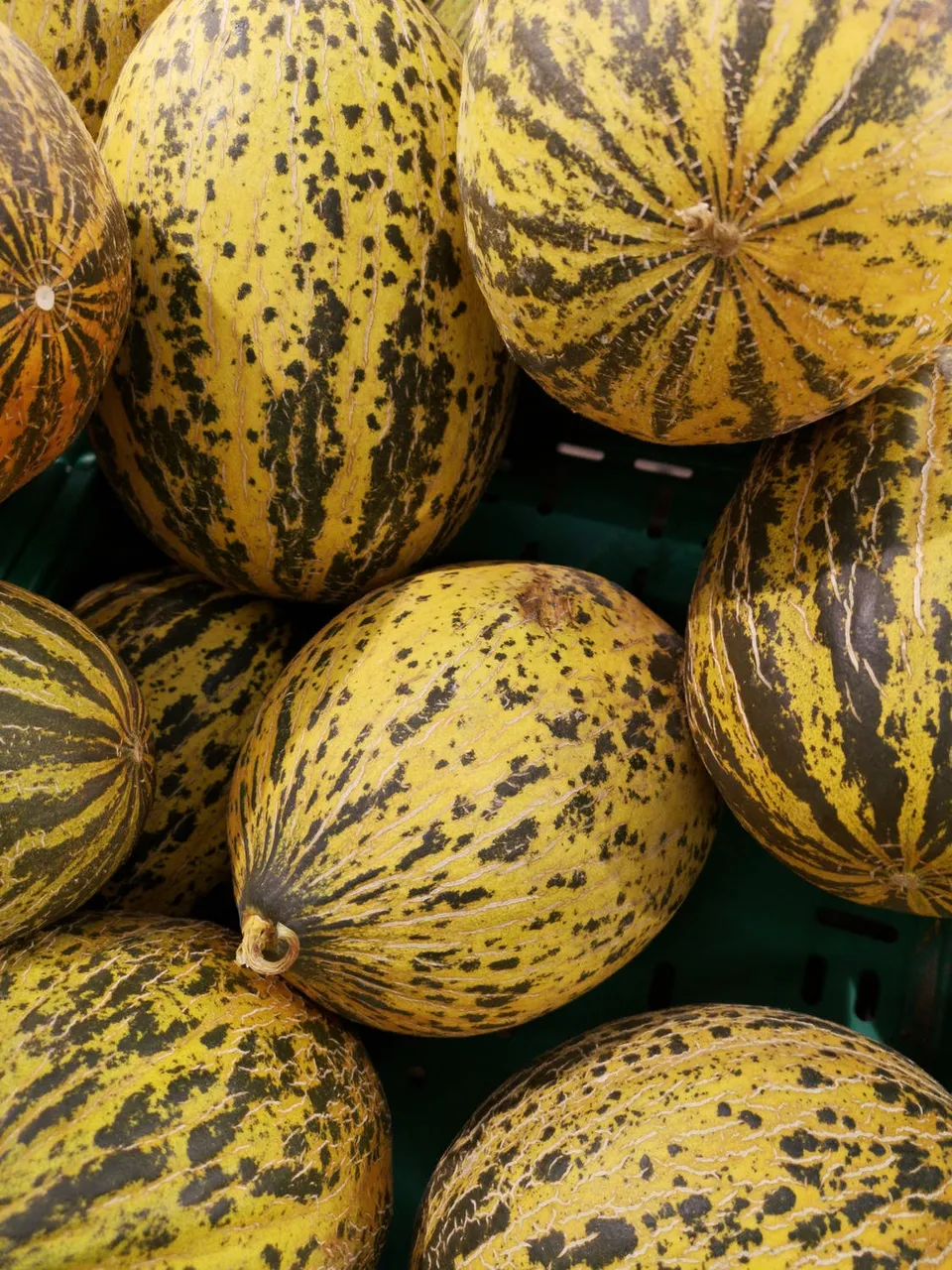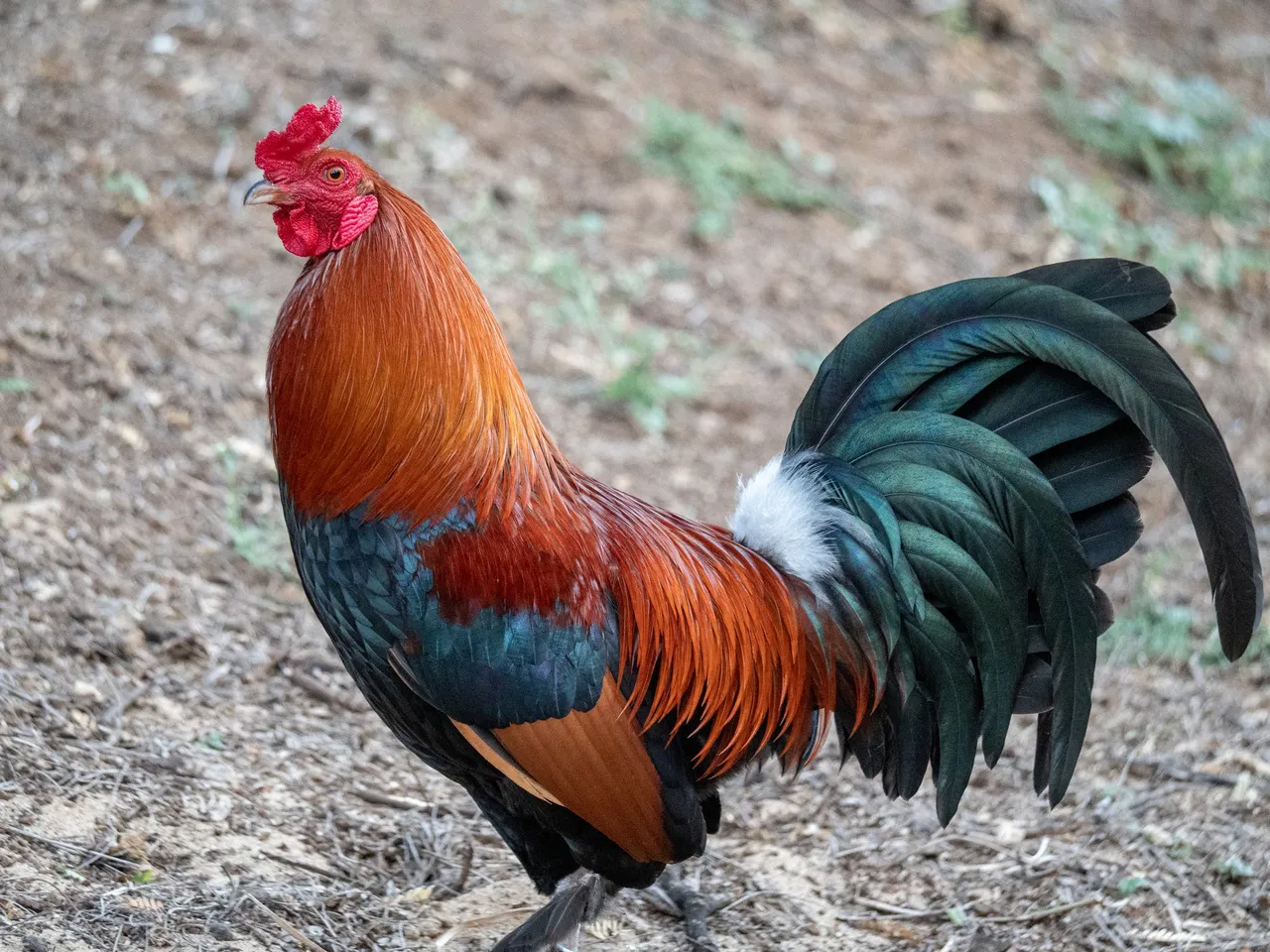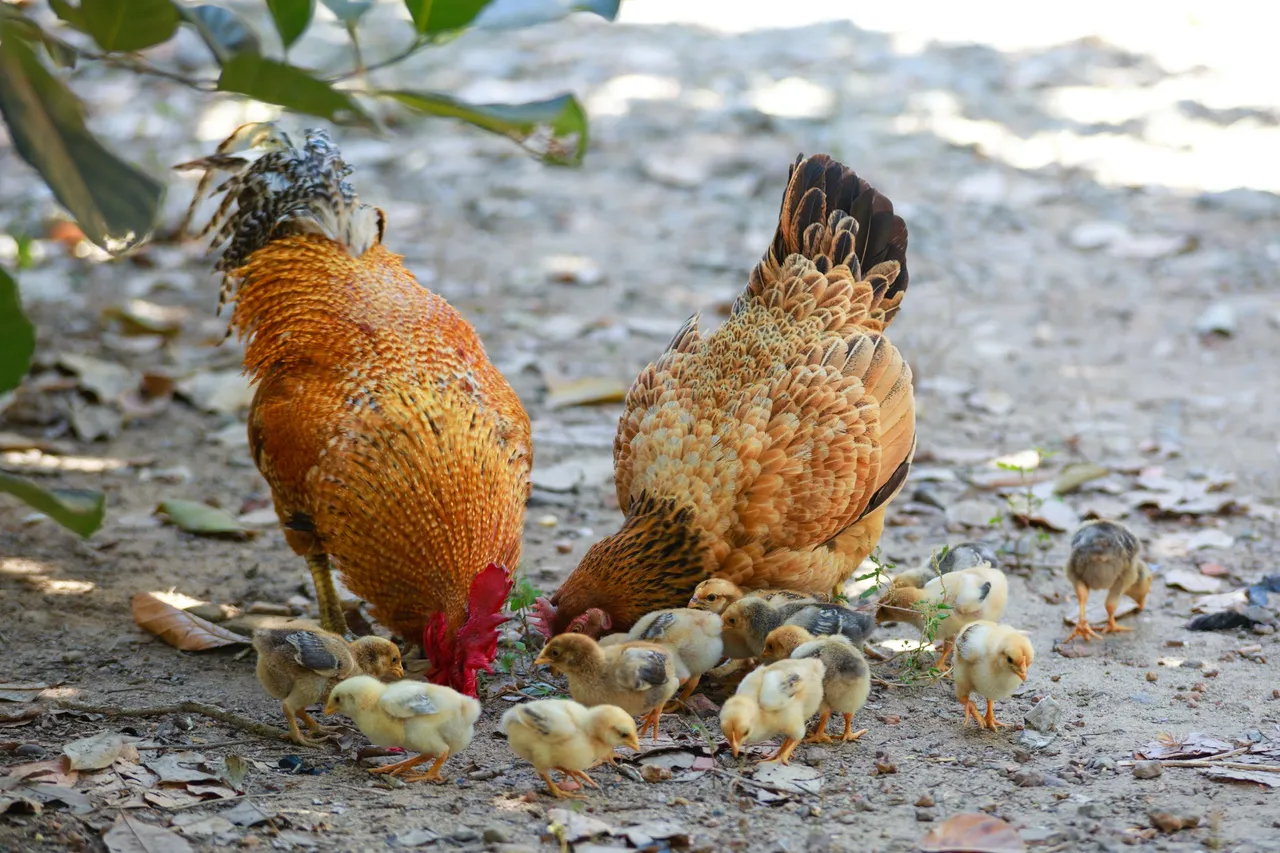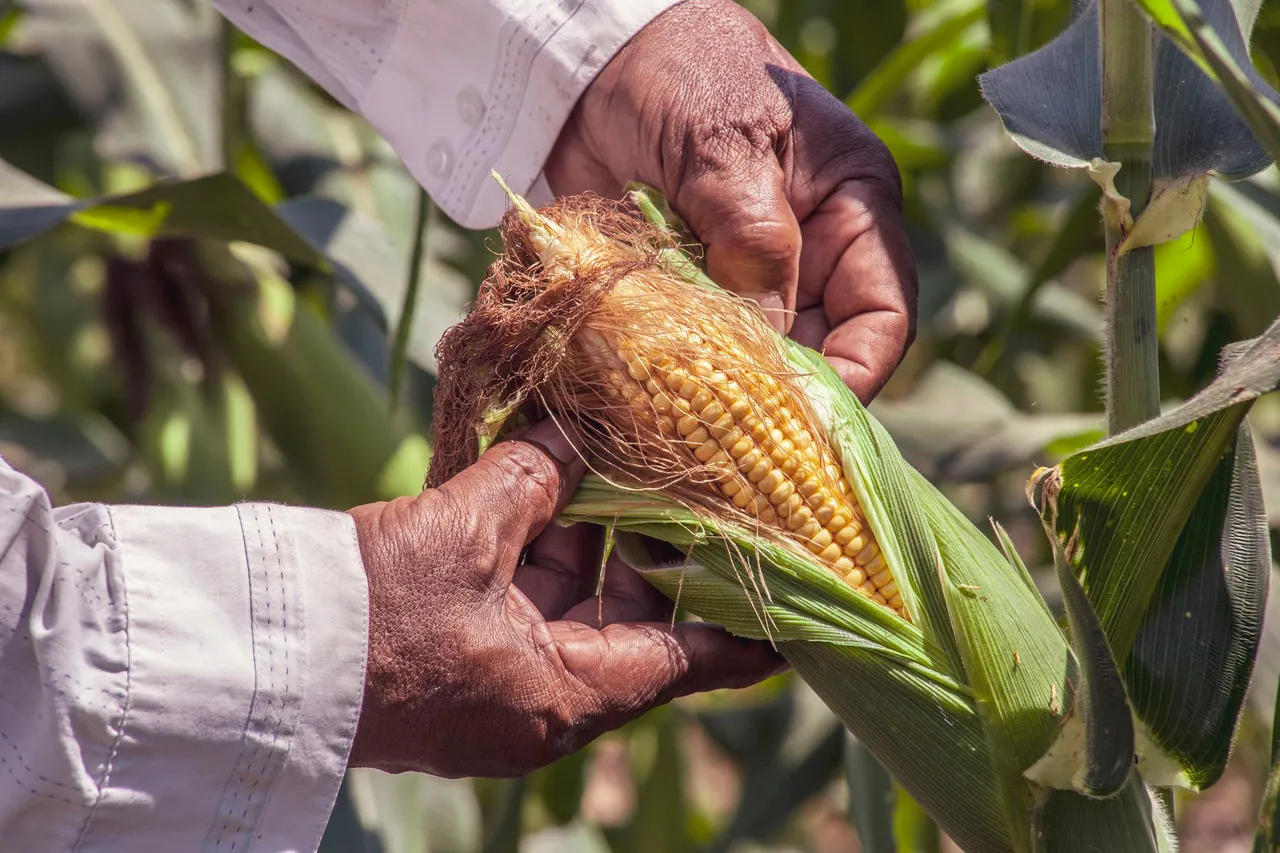
Good morning dear friends and Weekenders. It is my pleasure to sharing some the below facts that I have gathered in my years of farming and I think that will make a great gain if you follow up on it. There are quite a number of these tips but I will make do of the following but necessary ones.

Keep Local Fowl Without Cost
Now this may sound shocking but it is real and workable. In my early years as a farmer, I had learned to keep or breed chicken with feed that cost much and it would take more financial involvement to have a good harvest from such capital intensive project. Having done the poultry before, I resolved to settling down with local breed of chicken. With this, I don't have to bother how they feed. This species of chicken cam hustle for their selves.

Occasionally, I pour out some grain of guinea corn or crumbs from our daily meal to the fowls and hurriedly they eat it up.
Remember that the local bread of chicken lay some very proteinous eggs. Though the eggs may not be as big as a the layers in conventional poultry but they ate very rich in content.
The local breed hen does not need the help of a machine to incubate and hatch her eggs, she does that naturally.
You'd see your farm of local chicken species grow geometrically in no time.
If you have the means, you can prepare some concentrated feeds for the local chickens though. For me, I usually fo to a dish market to buy the left overs of fish boness and skin, a times it's the shell of lobsters that are not needed. These will be ground with beans or Maize and then the feed is ready, as simple as that.
Most times, when I prepare this, it is meant for the chicks for quick growth.
Keeping The Chicks From Hawks or Eagle
Here in Africa, we have some large hunting birds that find chicks of local breed hen as a good delicacy. Since the mother hen is not caged, they often go out to find crumbs of grain and legumes to feed their chicks, with the chicks in a close walk with them.
During this time, those large hunting birds always come around to pick the chicks.

To keep the chick safe, you can use colour dye to change their colors. Now, that sound awry right. But it is the best way to go.
Hawks are very selective in what they eat. They would not hunt coloured birds. The only colour you may not be able to change is a black chick.
On the other hand, you may decide to cage the chick and feed them with the mother hen to avoid losing them to the hungry hawks.
This method had help me keep a large number of locally breed fowls and it's profitable too. At a point, I had to pay myself through school using this method. Don't be surprised.
I hope I'd be able to share another one.
Okay, lets see the advantage you can make through mixed farming on a small parcel of land.
Mixed Farming Advantages (Corn, Cassava & Melon)
To escape food scarcity, one may a dope this method likewise.
When the land is already prepared for farming, that is during the rainy season. The small portion of land can take conveniently three crops and one will not affect the other. Follow me:
Maize Planting
Two or three grains of corn can be buried together in the same hole and a gal of 3-5cm should be made between the crops. Since the maize less than three months to reach maturity, it would be the first to be planted.

A few days later, you'd see that the grains would have started germinating, wait, don't rush.
Planting Cassava Stem
You'd observe that the growing maize has gathered the strength to stand firmly, then you would add cassava in the 3-5cm space.
Cassava products are very common in Africa and South America. In the part of Africa where I hail from, cassava meals are the most cherished.

This plant gets mature in one year. There are species of cassava that spends nine months to get to maturity.
To make them very productive, one may need to remove weeds. With that, the crops will have enough breathing space to enlarge.
Plant Melon Immediately
The farmer can add melon seed immediately he is plating the cassava stems too. The melon is a dicotyledonous plants, it spread like the pumpkin and helps in controlling weeds and erosion.
The maize wi be the first to be harvested then the melon. The cassava will stay for a longer time. Maybe I should draw it close here.
Melon Image by Egin Akyurt
Cockerel Image by James Wheeler
Hen and Chicks by Quang N. Vinh
Corn Image by Frank Meriño
Cassava tubers image by Daniel Dan